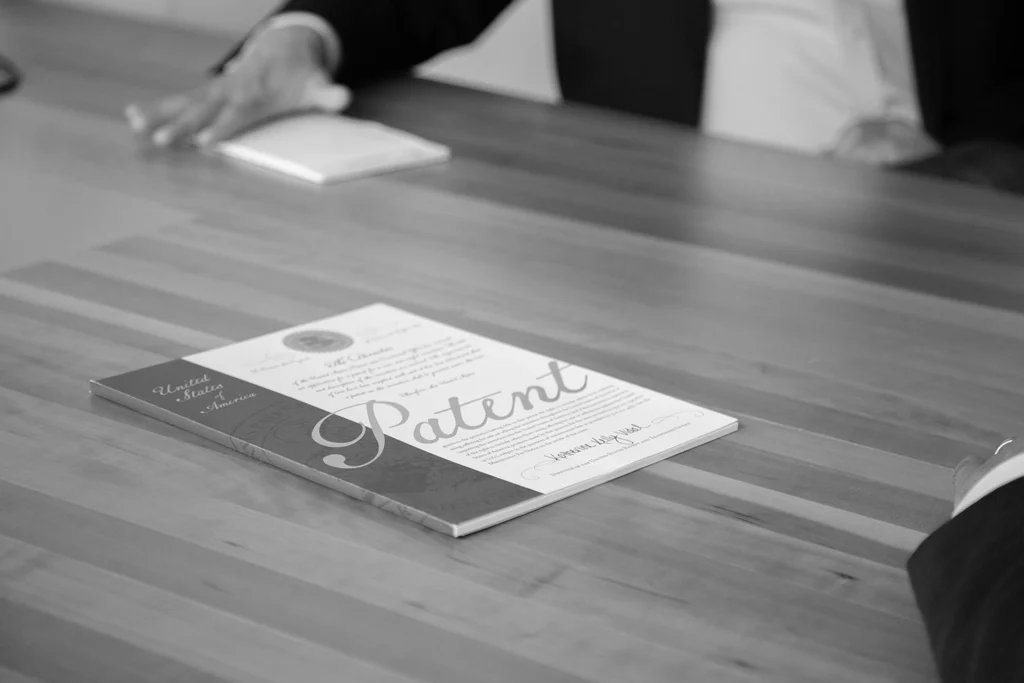Some patents specify ranges to account for variability — for example, a range of temperatures in which a process occurs. These types of patents can run into obviousness issues that can invalidate them if the range overlaps with ranges detailed in so-called “prior art.” Patentees in such cases aren’t totally out of luck, though, as they have the opportunity to rebut the presumption of obviousness.
Relevant ranges
Synvina C.V. holds a patent on a method for preparing a chemical that has attracted commercial interest because of its potential in the “green” chemical industry. The patent describes four reaction conditions, including a temperature range (between 140 and 200 degrees Celsius) and an oxygen partial pressure range (1 to 10 bars).
E.I. DuPont de Nemours & Co. petitioned the Patent Trial and Appeal Board (PTAB) to cancel Synvina’s patent because prior art showed that the method was obvious. On review, the PTAB found the patent claims not unpatentable as obvious. DuPont appealed to the U.S. Court of Appeals for the Federal Circuit, the court that hears PTAB appeals.

Range of rebuttals
The prior art in question employed temperature and pressure ranges that encompassed the ranges described in Synvina’s patent and, in some cases, preferred ranges that included or approximated the ranges in the patent. For example, one publication included a temperature range of 50 to 250 degrees for preparation of the chemical. Another publication describing the production of the chemical specified appropriate oxygen pressures in a range of 2.1 to 10.5 bars.
The Federal Circuit has long recognized that, where the general conditions of a patent claim are revealed in prior art, it’s not inventive (or, therefore, patentable) to discover the optimum or workable ranges by routine experimentation. A presumption of obviousness arises when the ranges of a variable in a patent overlap the ranges revealed in the prior art.
However, patentees can rebut the presumption if the:
- Modification of the variable produces a new and unexpected result that’s different in kind, and not merely degree, from the results of the prior art,
- Prior art teaches away from — or discourages the use of — the patented range,
- Relevant variable isn’t recognized as affecting the result, or
- Prior art reveals “very broad ranges” that might not motivate others to engage in routine optimization of the ranges.
DuPont claimed that the PTAB erred in holding that temperature and oxygen pressure weren’t result-effective variables.
The court sided with DuPont, adding that “discovery of an optimum value of a result-effective variable in a known process” is something a person of ordinary skill in the relevant field would be motivated to pursue by adjusting those variables within the ranges identified in prior art. The court found that the PTAB didn’t consider the normal desire of scientists and the like to improve on what’s already generally known.
Obvious result
Once DuPont established that the prior art disclosed the patented reaction and conditions, the burden shifted to Synvina to demonstrate teaching away, unexpected results or some other evidence of nonobviousness. Because Synvina failed to present evidence that outweighed “the strong case of obviousness based on the prior art,” the Federal Circuit reversed the PTAB’s finding of nonobviousness. •
E.I. DuPont de Nemours & Co. v. Synvina C.V., No. 17-1977, Sept. 17, 2018, Fed. Cir.

